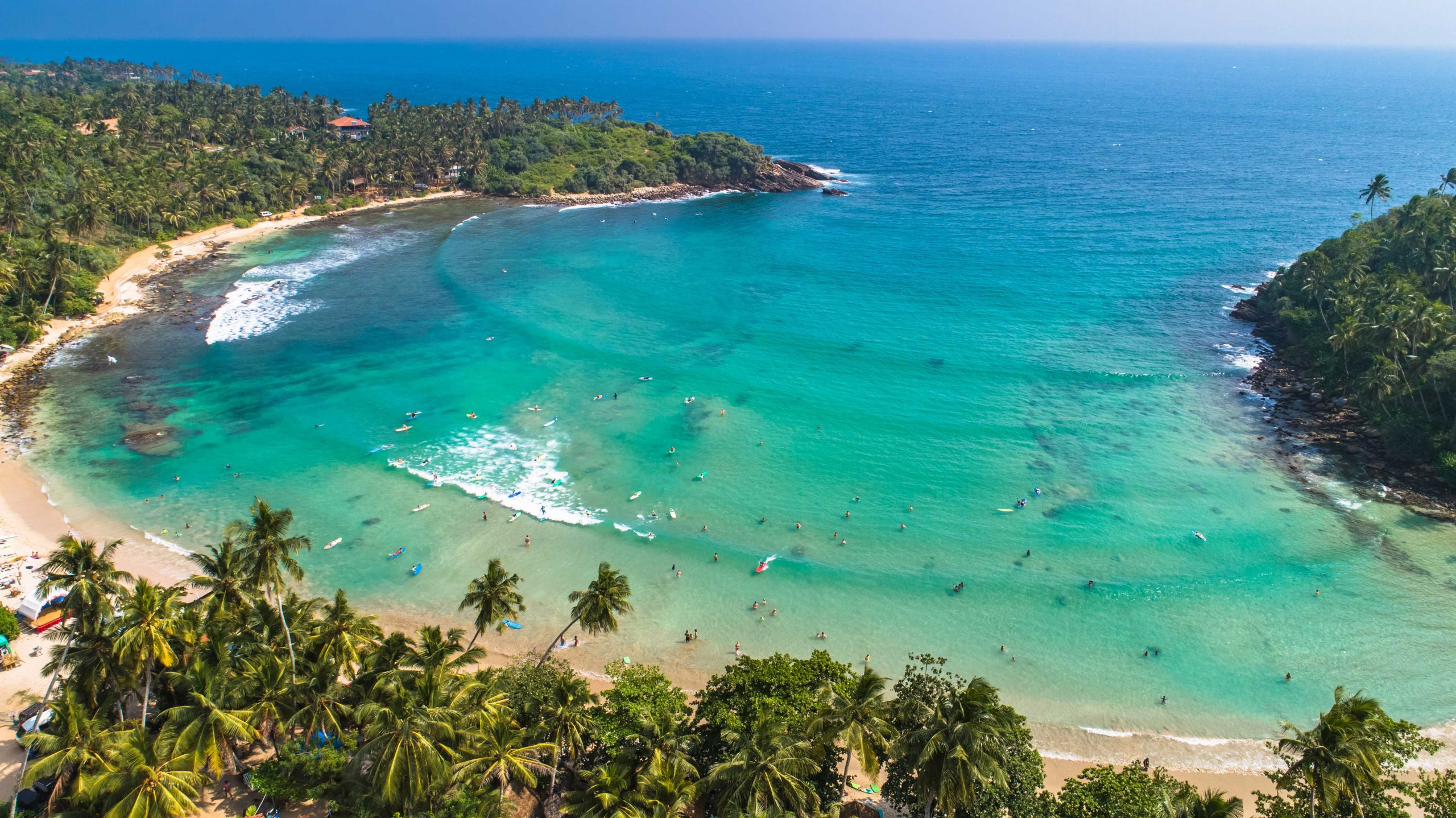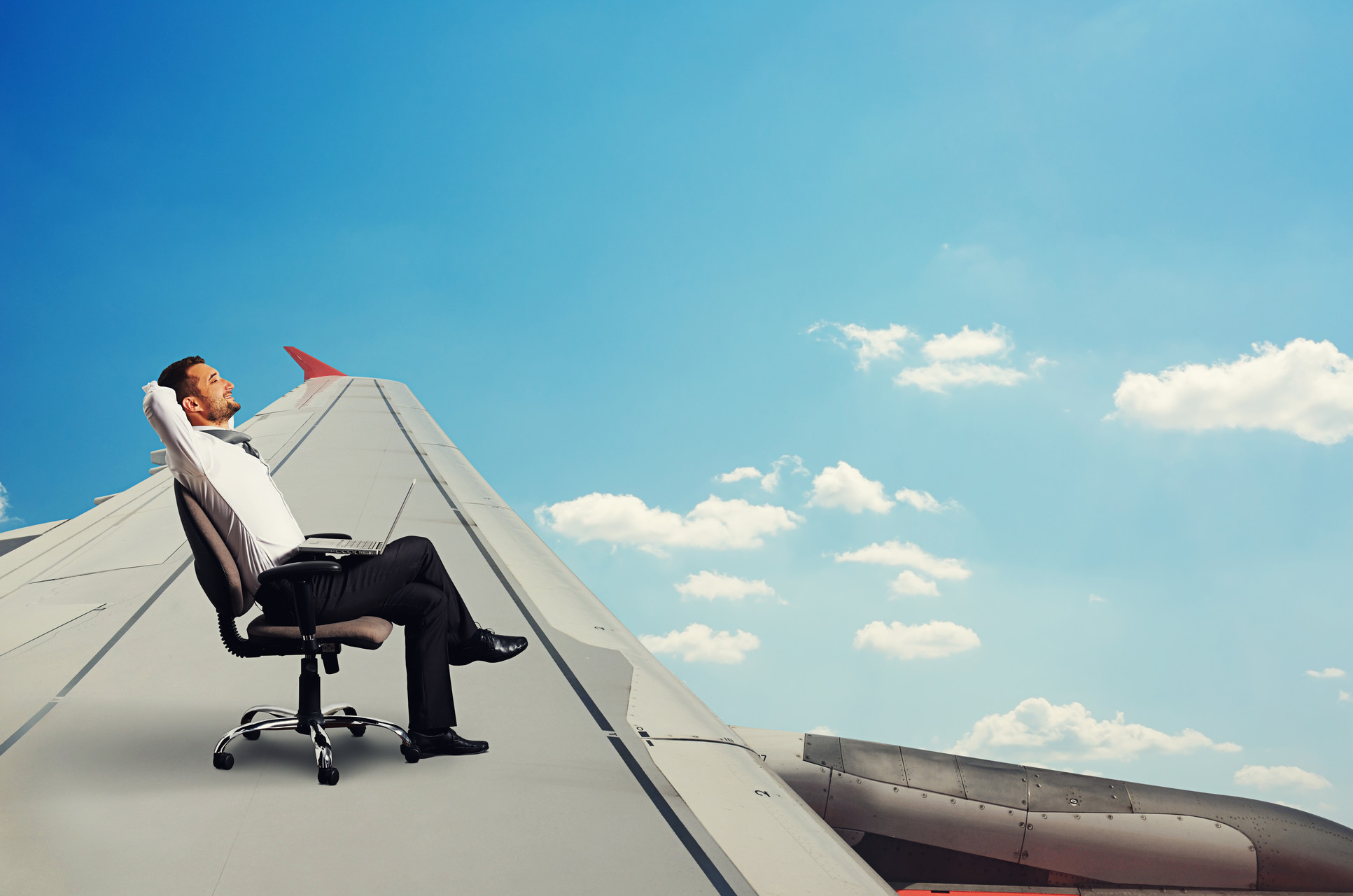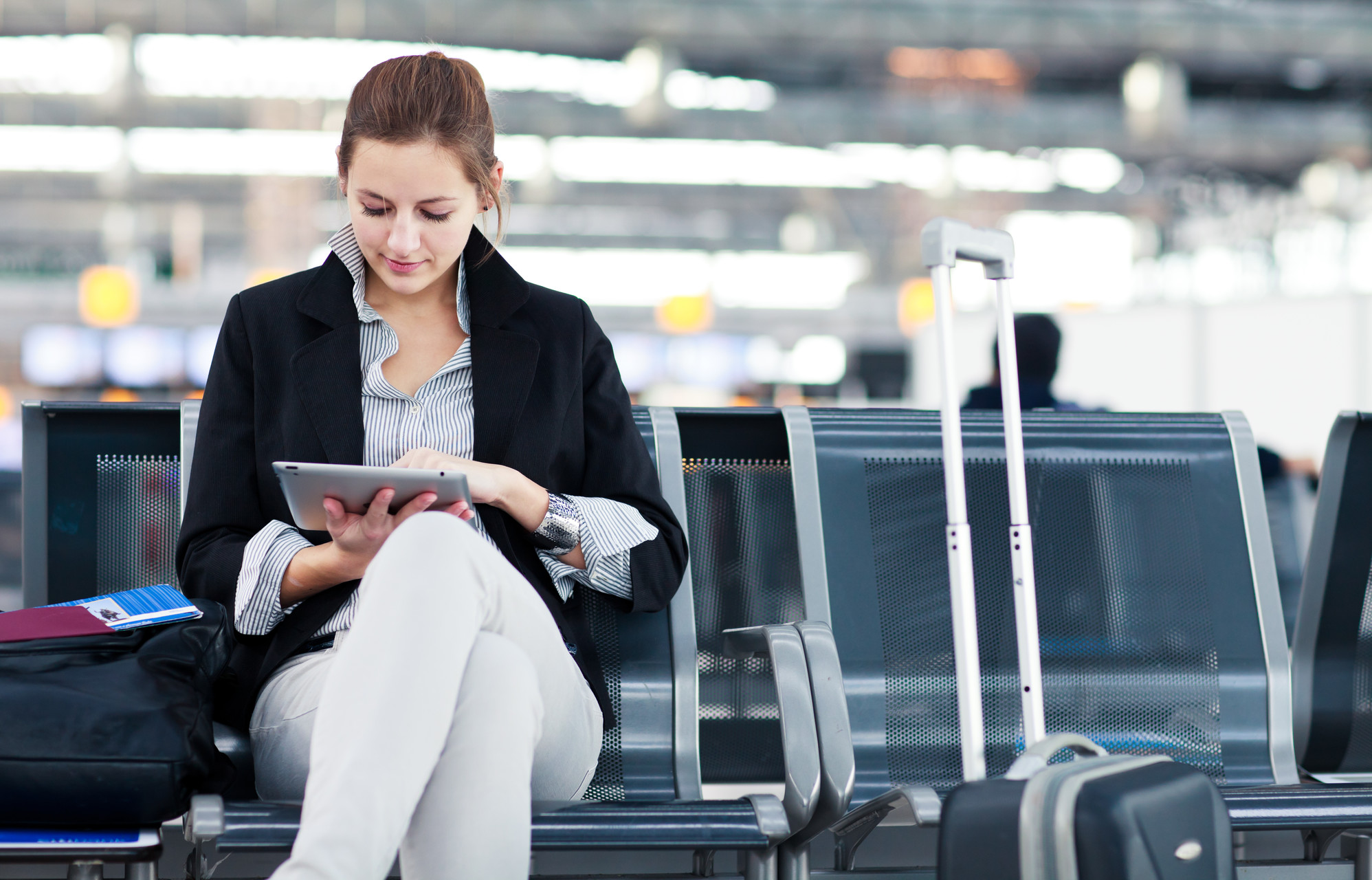Sri Lanka is a cultural melting tip and residence to plenty of indigenous groups. Even if you have toured enough of Sri Lanka’s famous tourist appeals, or just anxious to visit numerous less touristy sites, there is a fascinating mixture of places to see in Sri Lanka that are off the beaten path. Here are the Best Off the Beaten Paths to explore in Sri Lanka.
Sinharaja Rainforest.
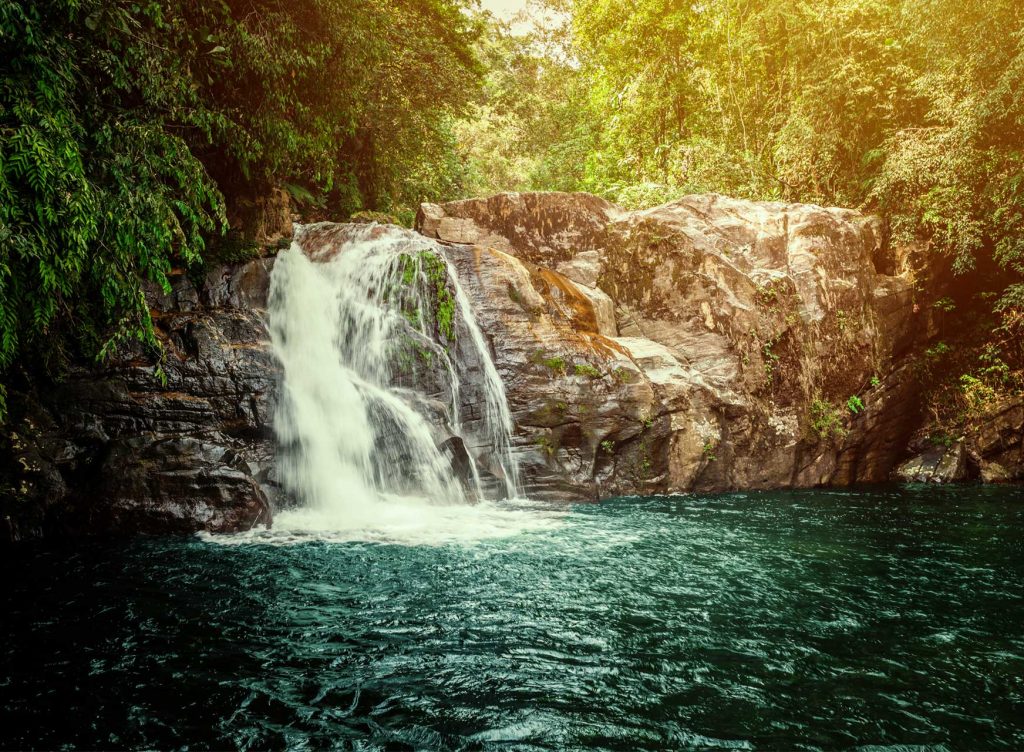
Sinharaja Rainforest (a UNESCO World Heritage Site), the last worthwhile remainder of Sri Lanka’s tropical low-lying rainforest covering a region of 18900 acres is situated in the Sabaragamuwa and Southern territories of the south-west lowland wet sector of Sri Lanka. Sinharaja is surrounded by rivers on three borders. In the north, it’s surrounded by the Napola Dola and Koskulana Ganga. In the south and south-west are the rivers Maha Dola and Gin Ganga. In the west is the river Kalukandawa Ela and river Kudawa Ganga. To the east is a historic footpath nearby Beverley Tea Estate and beside the Denuwa Kanda.
The reserve is also home to about 50% of Sri Lanka’s native mammals, birds and butterflies, and also various types of insects, reptiles and uncommon amphibians. There are around 3 elephants and 15 or so[indefinite] leopards. The most famous bigger mammal found in this rainforest is the native purple-faced langur.
Haputale.
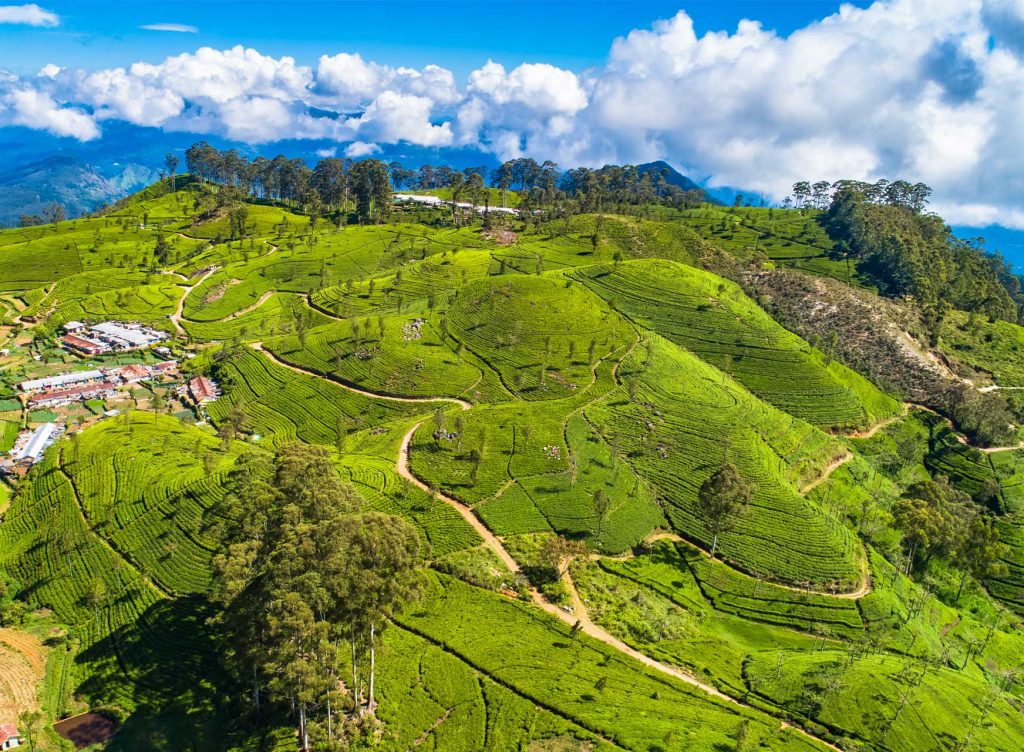
Situated in the Badulla District, Haputale is 4695 ft high above ocean level. It is one of the locations with very wealthy biodiversity and offers quite a stunning view of the Southern Plains, and it is roughly 193 km away from Colombo. The town is undoubtedly one of the most remarkable spots in Sri Lanka, it makes hiking and trekking a brilliant exciting effort. The main appeals of Haputale are the Liptons seat, Adisham Bungalow and the popular Dambatenna tea factory.
Because of its elevation, the climate here is considerably lesser than other portions of the country, running a temperature of roughly no more than 25 degrees
Madu River Wetland.
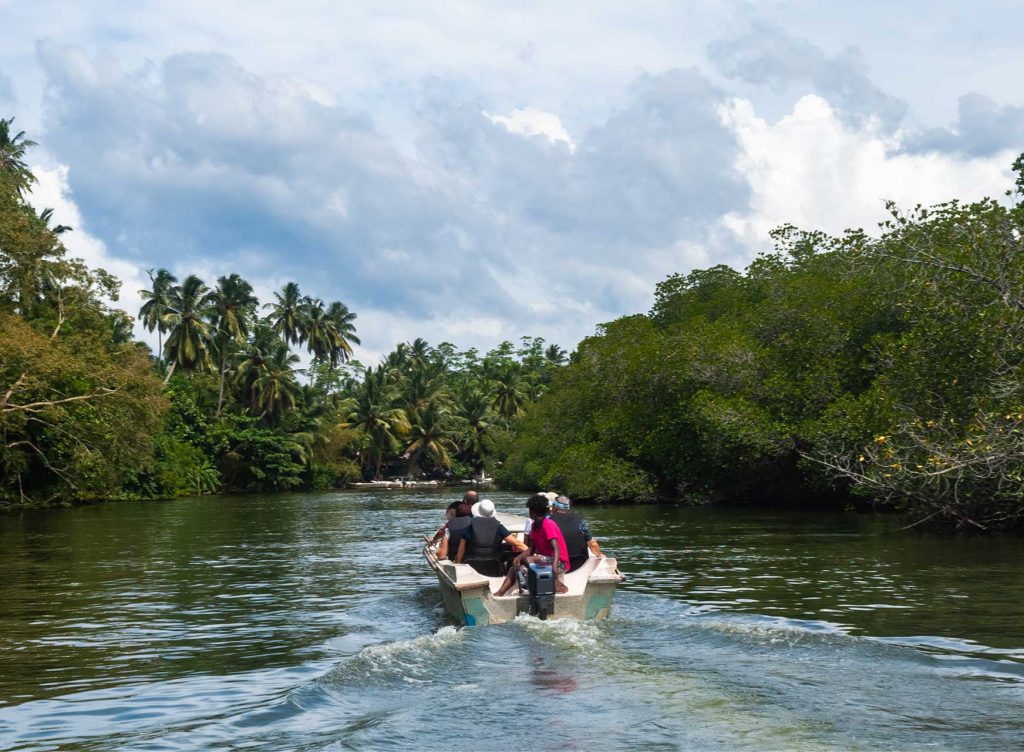
Madu River is located in the south of Sri Lanka it is found in Balapitiya, Galle 80 km away from Colombo, nearby Sri Lanka’s southern coastal belt.
This wetland extends over 900 hectares of land and many of it is concealed with water. In whole, there are 64 islands in Madu River. The Madu River region that surrounds the river is all damp swamps engulfed in mangrove jungles. The forest shields around 61 hectares, that is about 150 acres. 14 of the 24 types of mangroves are located in this part. The most vital thing is that the mangroves play a main part in averting erosion.
Its inlet and the various mangrove islands on it establish an intricate coastal wetland environment, it also has excessive environmental, organic and visual importance, being home to about 303 kinds of plants belonging to 95 families and to 248 types of animals. Amid 300 species, 19 have been exposed as native species so far. The area continues to be a treasure stash to environmentalists and conservationists with several unexplored species in the inaccessible pits of the mangrove jungles. The plant life, in turn, has sustained a huge amount of wildlife that relies on them. The biggest animal in the area is the wild boar, there are also other tinier animals like monkeys and various types of squirrels. When it comes to birds, cormorants and kingfishers are a familiar sight. For enthusiastic bird viewers, the mangrove forests are a dream come true. There are around 111 recognized bird species who live in the area. There are 31 kinds of reptiles, specifically snakes, lizards, and crocodiles. There are also about 50 types of butterflies and 25 types of mollusks discovered in the Madu River sector.
Sigiriya Rock Fortress.
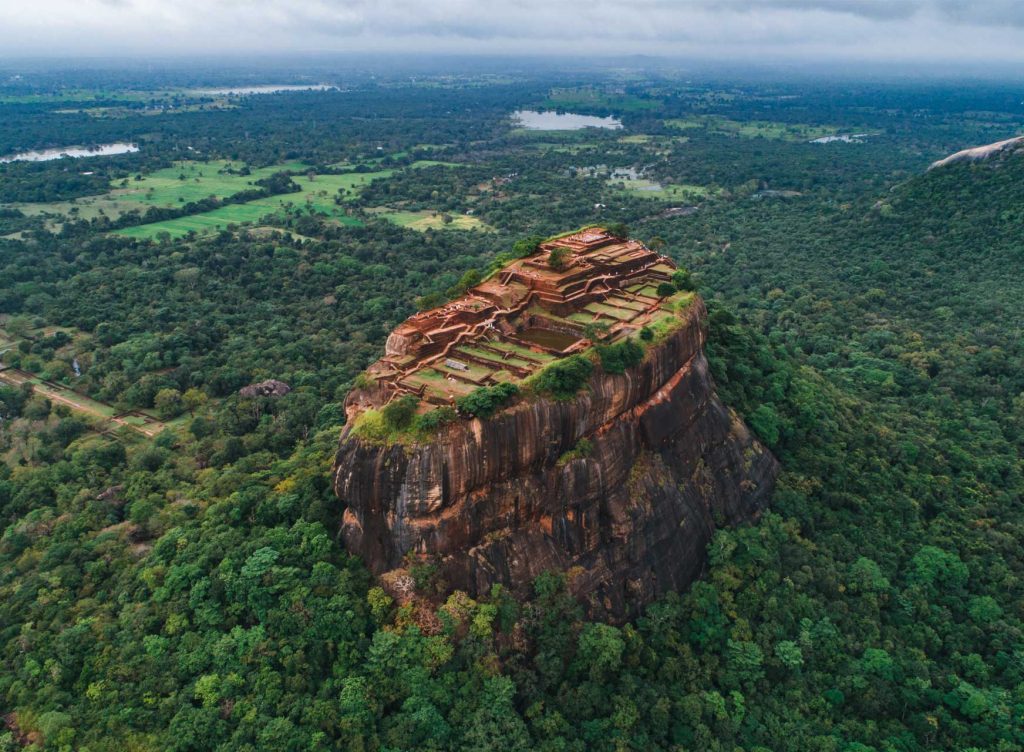
Sigiriya is one of the most treasured ancient shrines of Sri Lanka. Mentioned by natives as the Eighth Wonder of the World this historic palace and fortress compound has important archaeological significance and draws thousands of tourists each year. It is perhaps the most toured tourist destination of Sri Lanka.
The palace is situated in the center of the island amid the towns of Dambulla and Habarana on an enormous rocky highland 370 meters above ocean level. Sigiriya rock highland, shaped from lava of an extinct volcano, is 200 meters taller than the surrounding forests.
Its view amazes tourists with the exceptional harmony amongst nature and human creativity. The fortress complex consists of remains of a crumbling palace, surrounded by a substantial system of ramparts, massive gardens, ponds, canals, alleys and fountains.
Dova Cave Temple.
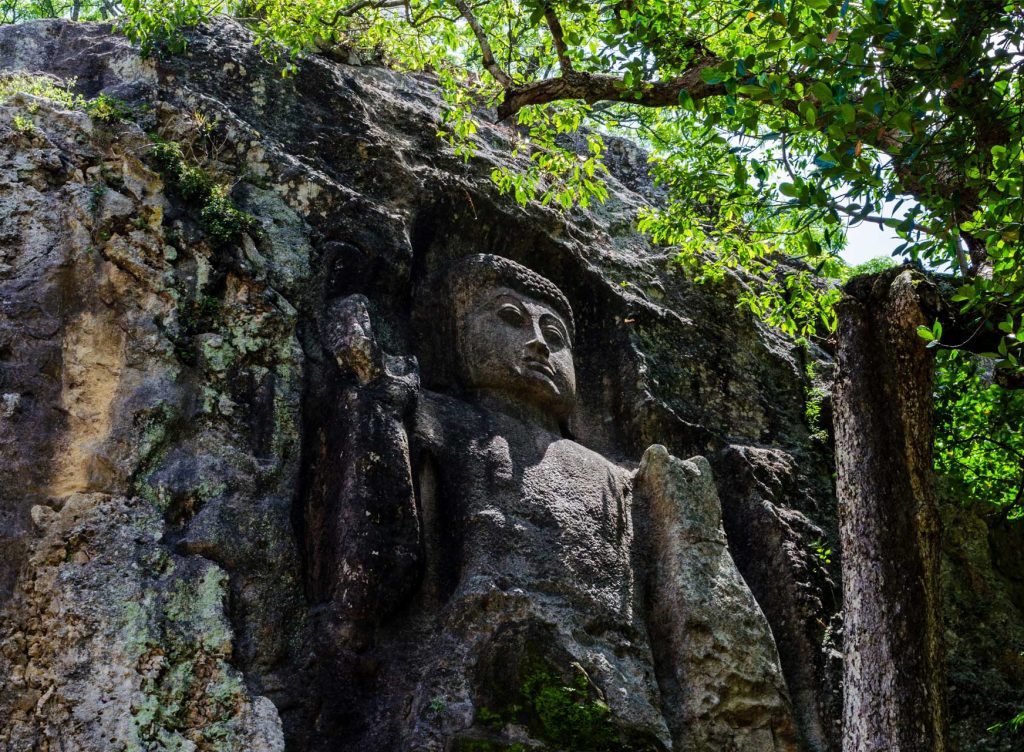
Submerged in history and placed amid an oasis of tranquility, the Dova Temple provides tourists with a look into the district’s wealthy inheritance and is amongst the must visit places in Ella Sri Lanka. Also recognized as the Dova Raja Maha Viharaya, this holy Buddhist spot is a 15 to 20-minute drive from The Secret Ella and offers a captivating trip back in time.
Surrounded by the luxurious green land of Ella, the Dova Temple goes back to the first century B.C constructed under the support of King Walagamba. The most remarkable part here is the high 38-foot-tall Buddha statue; though incomplete, this glorious statue that has been sculpted into the stone has stood the test of time and has calmly watched over the location through the years.
Among the serenity and privacy, tourists would come across an Image House with numerous halls where one could view historic frescoes complexly painted onto the walls and also images and figurines of Lord Buddha. As you tour the site further you would discover a cave inside where a tiny stupa rests and behind it, what is recognized as the Ravana Guhawa (Ravana Cave) which is shielded by a clay statue of a king cobra. Closed off at present, this underground tunnel is thought to extend for about 11 km’s linking the Dova Temple with the Bogoda Raja Maha Viharaya.
Back outside, the quiet whispers of the temple Bo Tree summons tourists to pause and think on the surrounding charm, the ideal ambience in which to absorb the tranquility and watch the world go leisurely by.
Mulgirigala Buddhist Temple.
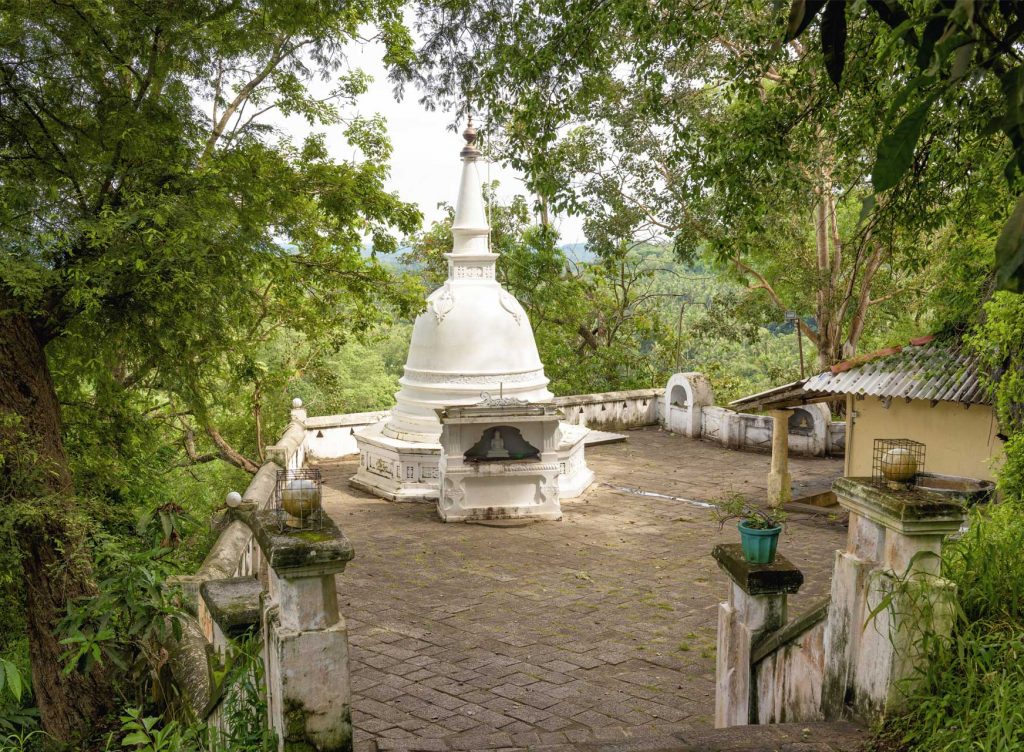
Located 30 minutes inland from Tangalle, the historic Mulgirigala temple sits on a massive boulder nearly 200m high. Based on ancient writings engraved on the stone Mulgirigala goes back nearly 2,000 years when it was a location of a Buddhist abbey. The tranquil white Dagoba stands at the summit of the rock with outstanding seaside views. The temple compound has old frescoes, a reclining Buddha statue, devalayas and numerous cave temples all of which are discovered at various levels while climbing to the top of the rock. This is a living temple that is explored by several believers.

Bundala National Park.
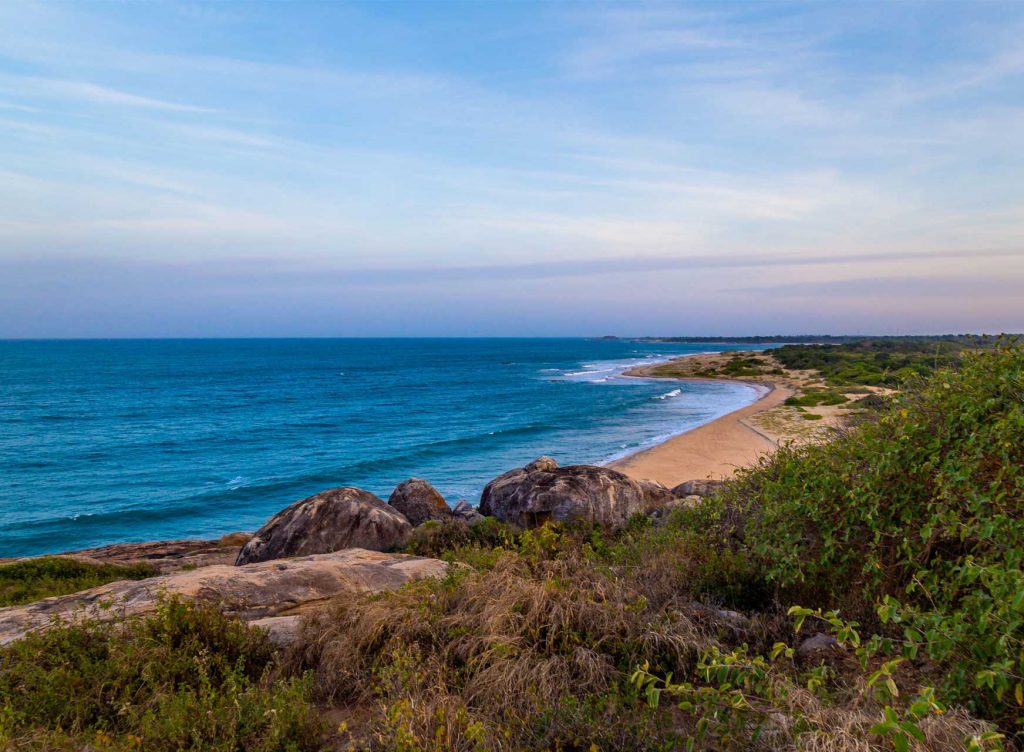
Bundala National Park is situated roughly 85 Kilometers from Tangalle, the closest resort town. During 2005 the park was labelled as a biosphere reserve by UNESCO, it was also labelled a RAMSAR wetland and its home to numerous migratory waterbirds in Sri Lanka. The most popular visitor being the larger flamingos who come in huge flocks up to a thousand birds at a time to make a cacophony of noise with their feeding and envelopes the whole region of the chief Bundala lagoon with a pinkish worn-out carpet, really a sight to see.
The park has 05 brackish water inlets. The ideal place to sneak to view elephants frolicking at dusk is the neighbouring tank known as “Kokara”, advise caution as the elephants discovered at Bundala are a little more hostile because of the human-elephant battles in the region. The park is also home to various plant types together with mammals, reptiles and butterflies. The quiet little village inside the reserve is the ideal place to base yourself to see wildlife after dusk.
Muthurajawela.
Muthurajawela is a swampland in Sri Lanka in the southern district of the Negombo cove, 30 km (19 mi) north of Colombo. The Muthurajawela Marshes are 3,068 ha (7,580 acres) in size and the nation’s biggest brackish coastal peat bog. The marsh is famous for its distinctive and extremely varied ecosystem and is recorded as one of the 12 important wetlands in Sri Lanka. “Muthurajawela” interprets to “Swamp of Royal Treasure”.
The marsh is thought to have been created around 7,000 years ago. During 1996 1,777 ha (4,390 acres) of the northern portion of the Muthurajawela marsh was confirmed a wetland reserve by the government, under the Flora and Fauna Protection Act, in acknowledgement of its massive bio-diversity. The area assists 192 distinct types of flora and 209 distinct kinds of fauna, which include Slender Loris, and also another 102 kinds of birds. A few of the acknowledged species have been revealed to be native to the marsh.
The marsh is a leading local and tourist appeal, mainly for exploring and boating trips, and the region also supports native farming and forestry. Tourists to the area are guided across the reserve parts by the staff of the Muthurajawela Marsh Centre to evade grave damage to the marshland environment.
Wilpattu National Park
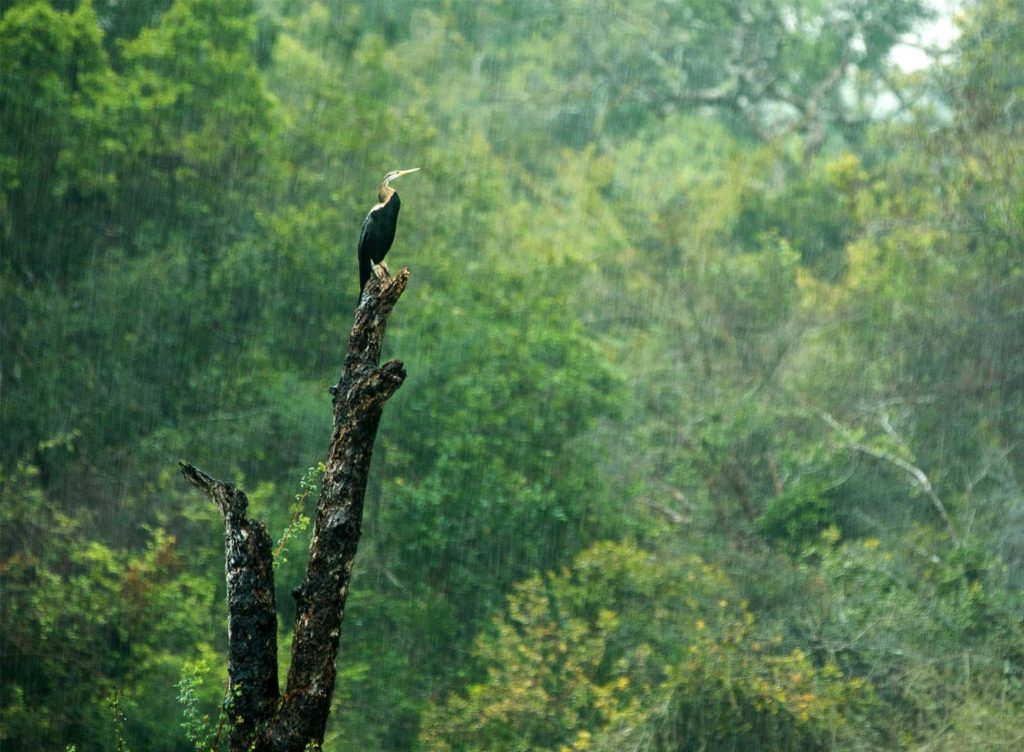
Wilpattu National Park was confirmed as a National Park during 1938, it’s situated on the west coast next to the ancient city of Anuradhapura. The dry zone forest is densely grown and is home to numerous villus, or natural lakes which dot the land in the Wilpattu National Park. Apart from two, these lakes have rainwater, therefore are vital for local and migratory water-birds.
There are about 30 types of mammals in the Wilpattu National Park which comprise of the Sri Lankan Elephant, Sri Lankan Leopard, Lankan Sloth Bear, Sri, Spotted Deer, Buffalo, Sambar and Mongoose, the wetland bird species that are discovered here consist of the Garganey, Pintail, Whistling Teal, Spoonbill, White Ibis, Large White Egret, Cattle Egret and Purple Heron. Also, various types of Gulls, Terns, Owls, Kites and Eagles dwell here. The native Sri Lanka Jungle fowl, Little Cormorant and the Painted Stork could also be spotted here.
Monitor Lizard, Mugger Crocodile, Common Cobra, Rat Snake, Indian Python, Pond Turtle and the Soft Shelled Turtle could also be spotted in Wilpattu National Park.
The park is home to various types of flora as well which are Palu (Manilkara hexandra), Satin (Chloroxylon swietenia), Milla (Vitex altissima), Weera (Drypetes sepiaria), Ebony (Diospyros ebenum) and Wewarna (Alseodaphne semecarpifolia). And even though this National Park could be visited all through the year, February to October is the best time.
Kitulgala.
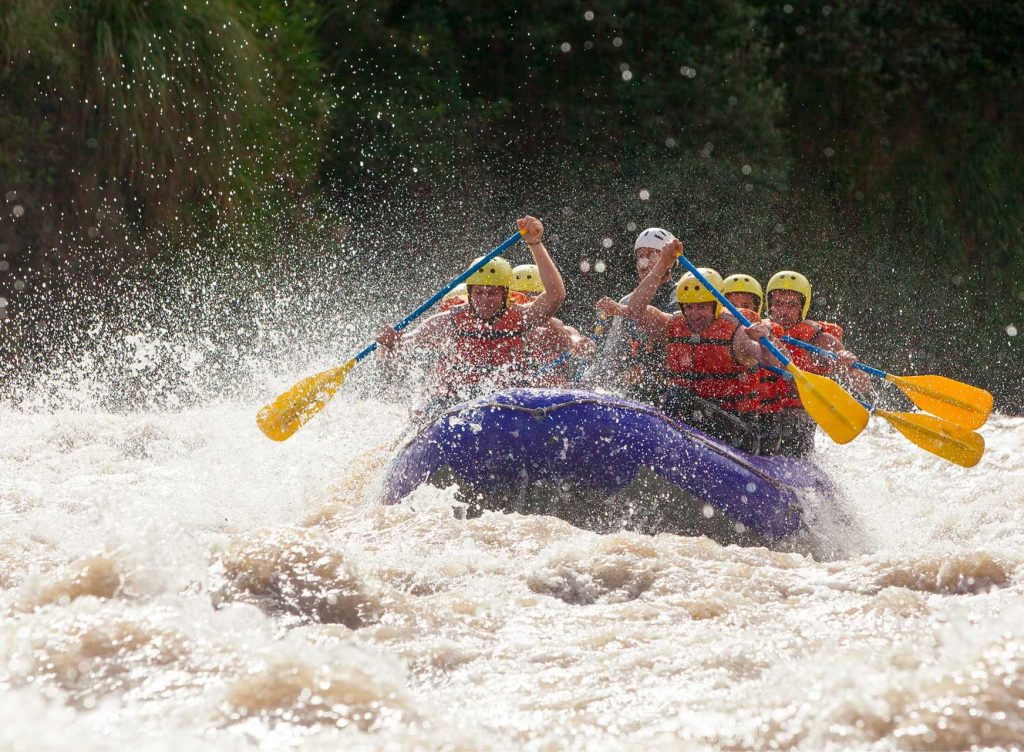
Kitulgala is a tiny town in the west of Sri Lanka. It is in the wet sector rain forest, which receives two monsoons every year, and is one of the dampest locations in the country. However, it comes alive during the first three months of the year, mainly in February, the driest month.
The Academy Award-winning The Bridge on the River Kwai was filmed on the Kelani River next to Kitulgala, although nothing is leftover now other than the concrete bases for the bridge (and, allegedly, the flooded train cars that jumped into the river in the climactic scene).
This is also a starting point for white-water rafting, which begins a couple of kilometres upstream and also famous as a site for adventure based training courses. Other than the white water rafting, Kitulgala offers a chance to take part in nature adventure, jungle hiking, outdoor camping, mountain biking and Bird Watching.
Just over the Kelani River is a primitive jungle with lavish tropical flora, while it is also home to around 54 rare types of birds. Though in a minor density, many of the rain forest bird species that are discovered at the Sinharaja rainforest could also be seen at Kitulgala.
Call Travel Center UK today and will be more than happy to help you find the most undeniable flight deals and promotions to Sri Lanka so that you could explore all of these destinations which are off the beaten path!




